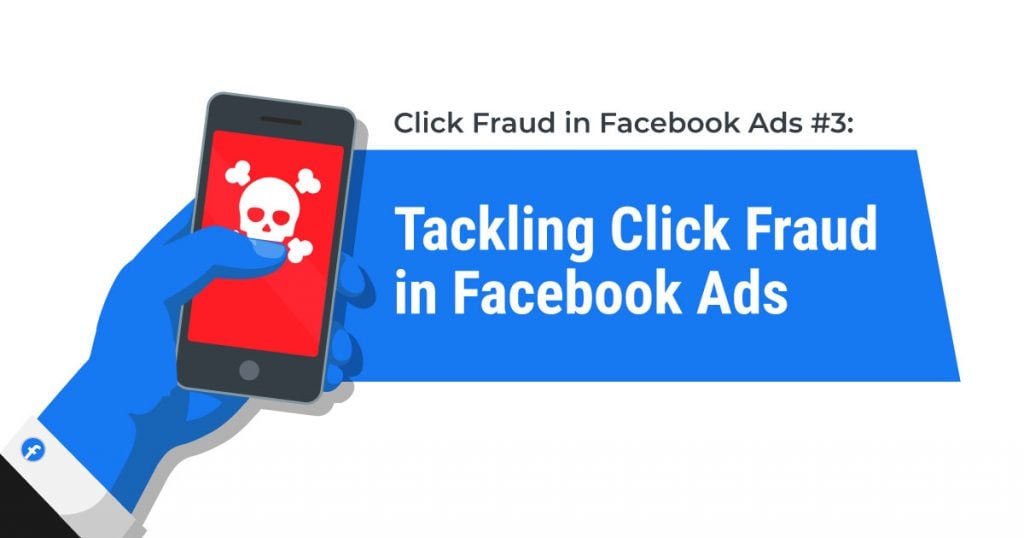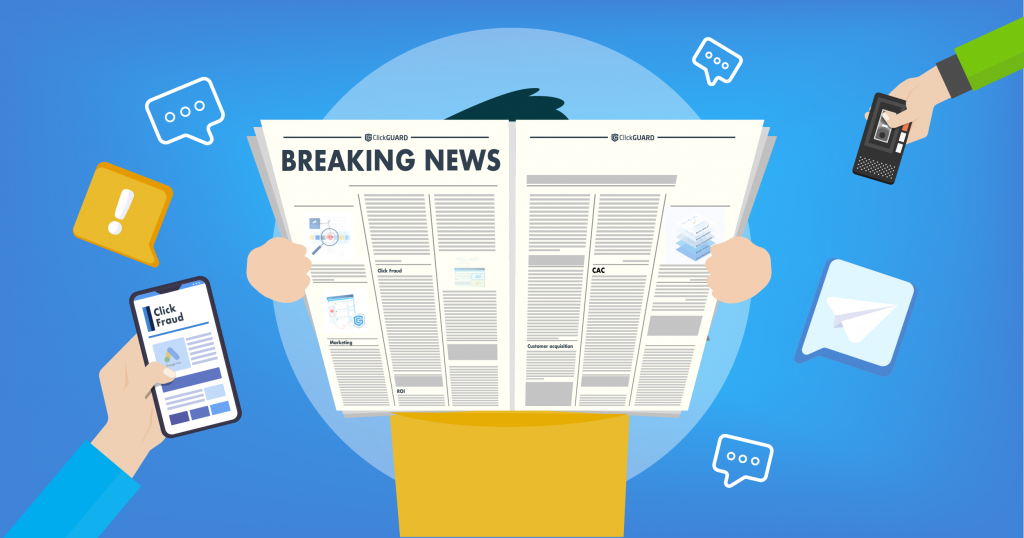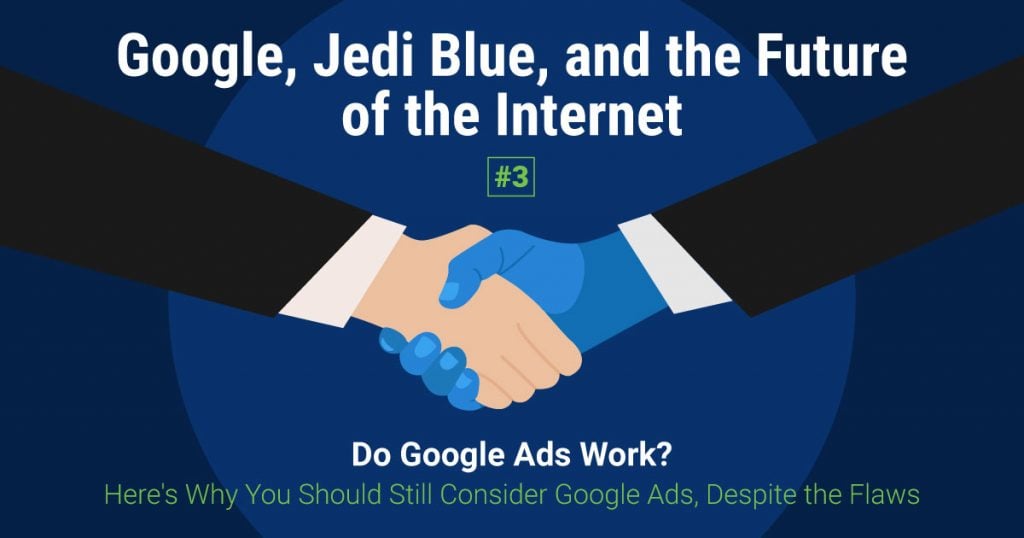Have you decided to take the plunge and start using Facebook Ads to grow your business? Great decision, Facebook is the 3rd most visited website on the planet and offers some of the best ad tools for micro-targeting. A low average CAC is one of its most attractive points, as you might have learned by reading our last article, “Cost of Acquisition in Facebook Ads and Why They’re a Good Idea”.
Are Facebook Ads too good to be true? Yes and No. On the one hand, businesses have had massive success with the platform and you can too. But one issue exists that continues to waste marketing dollars for every advertiser on the platform, click fraud. How big is the problem? Can it be solved? Spoiler alert, it’s significant and no, you can’t. However, being clued in can help you set realistic expectations for your marketing activity on Facebook.
Click Fraud in Facebook Ads: The Reality
It’s estimated that 270 million Facebook users are fake accounts created to generate invalid clicks. This number is nearly the size of the US population, which gives you some context for the scope of the problem.
What are invalid clicks?
When setting up an ad campaign you understand that some users of your audience will be interested in your offer and others not at all. However, invalid click users are not real people or have no intention of using the offers they land on. There are different types of invalid clicks, which include:
- Bots, data centers and fake accounts: this is deemed the biggest source of invalid clicks and an automated source. An infamous example of this is when pro-Putin trolls pushed a political narrative during the 2016 US election. Countless accounts were created to disguise themselves as concerned Americans.
- Retargeting: the Facebook lookalike audiences feature allows marketers to access similar users to ones that have already interacted or bought from them. Up to a third of marketers on Facebook use this feature combined with retargeting to win new customers. However, the retargeted user is a bot in many cases, which means further marketing money is wasted.
- Click farms: people get paid to interact with advertisements such as clicking on ads and leaving a like. This is a difficult problem to detect because real users are behind the activity that have been paid by these click farms. There is no way to distinguish between click farm clicks and real ones.
Will you receive a refund for invalid clicks?
It’s very rare that advertisers on Facebook receive a refund because of invalid clicks. You have to prove the intention behind the click or make a case that a fake user account was created.. Why can’t Facebook do the same? That’s because it’s based on audiences and not search intent.
You could potentially build a portfolio of information that makes a strong case for invalid clicks and then communicate with Facebook customer support. You may need to contact them repeatedly and insist they look at your case before anything is done. However, how much time and resources will that take? In most cases, you’re better off taking the hit and moving on to other profit-generating activities instead of wasting your time. That’s the sad truth of why so many fraudsters get away with it.
Why blocking Audiences in Facebook Ads is Dangerous
Still not ready to give up on getting rid of invalid clicks and are considering blocking audiences? It sounds like a viable strategy on paper, but in reality, you might be shooting yourself in the foot. You can do it, but how do you know if you don’t have post-click analysis data, that those audiences are associated with click fraud, and not just legitimate users. You’ll be losing out on real customers and hindering the growth of your business.
The bottom line is this: if you can’t match user id or IP address with fraudulent activity, why would you block it?
Some Ad Tech tools claiming to combat invalid clicks are creating what’s known as false positives. Therefore, these tools might be reporting that you are getting great results but are still a victim of click fraud. Let’s dive a little deeper.
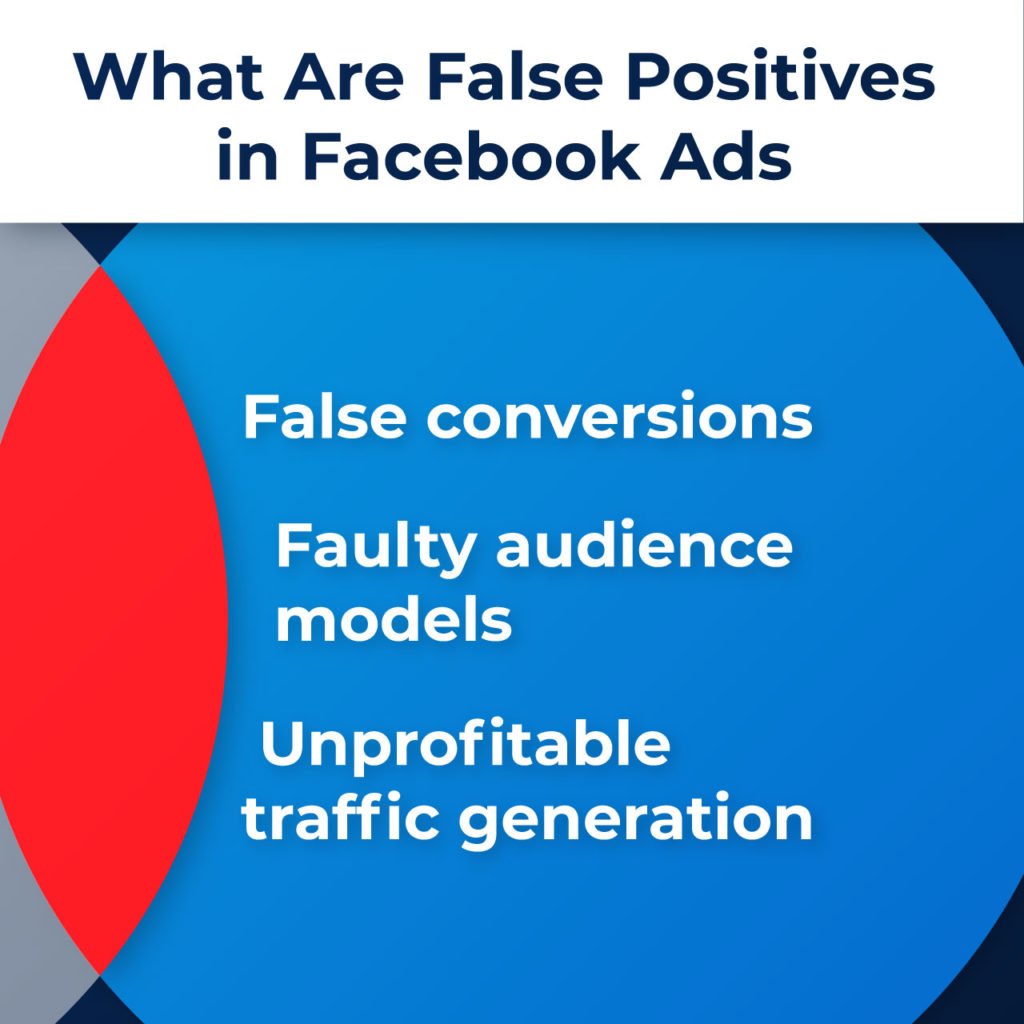
What are false positives?
A false positive is essentially misleading data that can result in drawing the wrong conclusion. We can take a look at a few examples to understand better what they are:
- False conversions: you might be seeing a lot of page likes and interactions on your ads and conclude that real users are behind the activity. Unfortunately, bots can click buttons and contribute to a bunch of metrics on the Facebook Ads Manager. Therefore, the only metric you can trust is sales and subscriptions for your product.
- Faulty audience models: Facebook offers some of the best micro-targeting features in the digital marketing world. However, incorrect audience models can be created if they are based on invalid clicks. You’ll end up putting all your eggs in the wrong baskets, which will be a costly mistake.
- Unprofitable traffic generation: a large volume of invalid clicks can make any traffic source look bad. That’s because legitimate clicks that turn into buyers are mixed in with the bots and incentivized users. You might assume that the traffic source is unprofitable overall and remove it from your marketing campaign. That’s unfortunate because you’ll also be losing out on real customers.
Are you wondering if false positives are plaguing your business? It’s extremely likely that you too are a victim of false positives. There are no complete solutions, but you can mitigate the problem by knowing how it works and looking into the data.
Don’t Block Lookalike Audiences
You may conclude that using Lookalike Audiences to block segments of your traffic is a good idea. If you weren’t aware, Lookalike Audiences is a feature that allows you to target new customers based on a system of commonalities with existing ones.
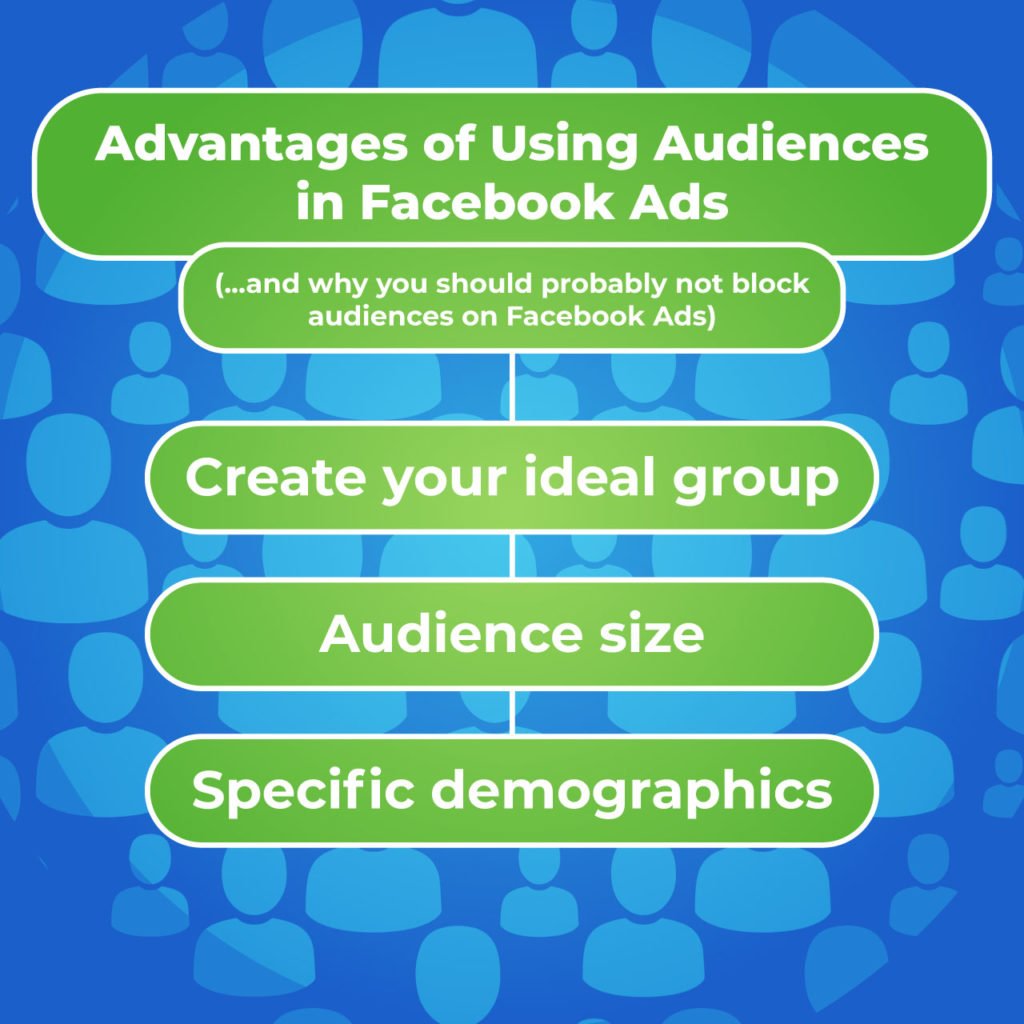
Let us explain why blocking audiences using this feature would be a big mistake. But first, consider the advantages of the feature to understand what you might be giving up:
- Create your ideal group: you can build a group of people that the Lookalike Audiences feature will use to find more potential customers. It’s a requirement to have at least 100 people, and more is better. These ideal customers could be a new market you’re attacking or long-term repeat customers.
- Audience size: the match between the seed group and newfound audience will be determined by the scope of your search. If you want a high correlation then you can laser-focus your efforts. It could potentially be a high ROI method of discovering new customers.
- Specific demographics: the feature allows you to manipulate audiences further by prioritizing specific demographics. Let’s say that you are selling shapewear for women post-pregnancy. Then you might want to focus on the 20 to 40 age group.
Lookalike Audiences is a powerful low-cost marketing approach for any industry. By targeting specific audiences, your CAC cost will go down significantly. Also, you avoid spamming people that are not interested in your products. Arguably, smaller marketing teams with a limited budget will benefit the most. They can make a dent in the marketplace without competing with expensive methods such as billboards and TV ads.
Using the Lookalike Audiences feature is simple but it’s not always easy to optimize. You’ll need to do the legwork of figuring out the best source audience, what demographics to focus on, and then executing test campaigns. It’s a lot of work with lucrative results for businesses looking to make the biggest impact.
Therefore, blocking audiences using this feature could put you at a significant disadvantage compared with the competition. In industries where you need to think out of the box to attract new customers, giving up on this feature is an easy (and wrong) way out of the invalid click problem.
Don’t believe me? Then look at what your numbers are saying. Are your Lookalike Audiences making a profit even if you suspect a significant volume of invalid clicks? Then the marketing campaign is still worth the investment.
Invalid clicks are a serious problem but it’s not all doom and gloom. Facebook is still an amazing place for digital marketers to generate huge profits for a business. The platform continues to grow and add to the list of marketing features that you can deploy. You can’t give up on Facebook because it’s the only social media platform some people use. After all, Facebook reaches more than half of all social media users – no other platform can claim this title.
The point is to be aware of the problem so that you can understand your data better. In an ideal world, the problem wouldn’t exist. However, your competitors have the same problem too, so at least it’s a fair playing field.
